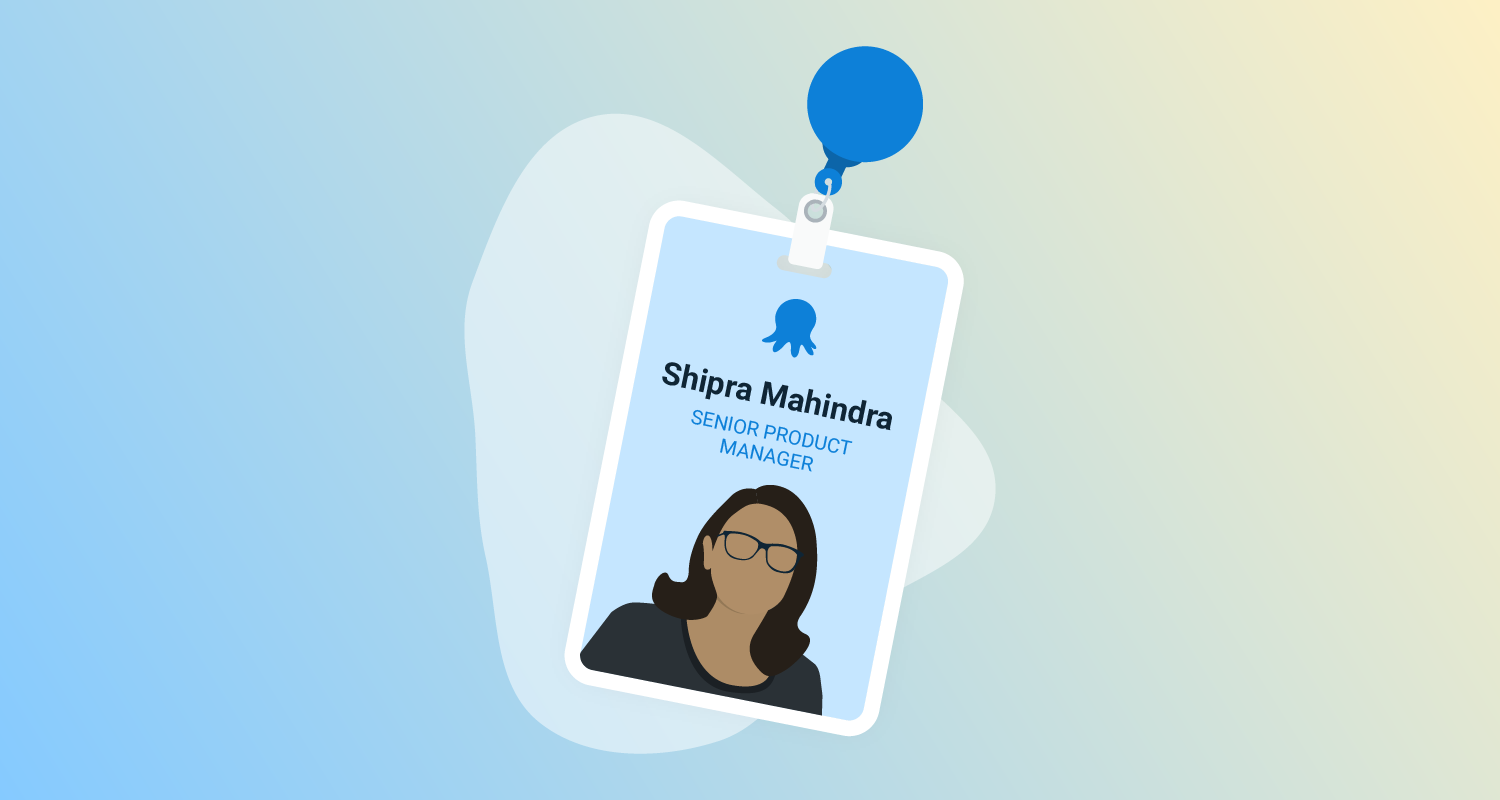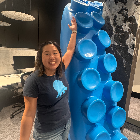This post is the next in our series, chatting to people at Octopus about their role, what they’re working on to improve the product for our customers, and more.
Here we talk to Shipra Mahindra, Senior Product Manager for Configuration as Code.
What was your last role before joining Octopus Deploy?
I worked as a contractor for a short period, doing product work at a startup, Creatively Squared, which was also remote-first and Brisbane-based. Before that, I worked as Product Manager at Xero.
How did you become a Product Manager and what do you love about the role?
I started my career as a software engineer. After a few years, I became interested in solving tricky problems that affected people, that were covered in roles like Scrum Master, Product Owner, and Business Analyst. As a junior or intermediate software engineer, most problems are straightforward and there’s usually a right answer. With business or customer-focused problems, there’s more uncertainty and many ways to solve the same problem. You have to consider the long-term direction and strategy and then make the right decisions to get there.
So, I decided to do an MBA to learn more about decision-making and how businesses operate. After the MBA, I started pursuing my career in product management.
I love bringing clarity where there’s ambiguity and chaos. I love figuring out what customers struggle with and delivering solutions that delight them and make life easier. I’m still close to the tech and can see how things are built, without building anything myself. I also love working with a team because the best ideas often come from collaborative debates and brainstorming.
What does a typical day look like as a Senior Product Manager for Config as Code?
I usually think about a problem space and how to add value. This includes talking to customers on video, doing market research, analyzing usage data in spreadsheets, writing pitch documents, pairing up with the design and development teams to ideate in workshops, addressing immediate questions about what the team is working on, and more. No 2 days are alike! It’s always changing and I enjoy the variety.
How do you decide what issues and solutions to tackle next?
Ah… the art and science of prioritization. There must be millions of articles written on this subject. Every PM develops their own process and chooses their own set of tools and frameworks.
I like to gather inputs from various sources and analyze them - customer feedback, usage data, market trends. I listen for cues and patterns, then frame these as opportunities to pursue. Then I reflect on our goals and the next best bet to get us closer to one of our goals.
Our long-term objective for Config as Code is to reach at least 60% feature adoption. So the key question is - what’s stopping users from adopting Config as Code today? After we have a list of opportunities, I weigh up which will add enough value to encourage our users to adopt Config as Code. Do we have enough data or signals from our users and the market to make a bet on those opportunities? If we do, we start working on that problem. If not, we find small experiments we can run to test our assumptions. This includes more user research, testing designs, testing prototypes, or shipping minimal features.
How do you evaluate the impact of the solutions you ship?
This is another well-covered subject. For me, it’s about setting up success measures that align with our goals. After we ship something, we monitor and evaluate performance. However, sometimes, success is also defined by user outcomes, like having 10 alpha users who love our product, or even just “launching” something when we’re innovating or building something new.
Ultimately, I want our customers to love our product because of how easy it is to use and feel like they couldn’t live without it.
If you had to switch jobs with someone else at Octopus, whose job would you want?
Honestly, no one. I love what I do! If I had no choice, I’d consider being a designer because it’s the closest thing to product management.







